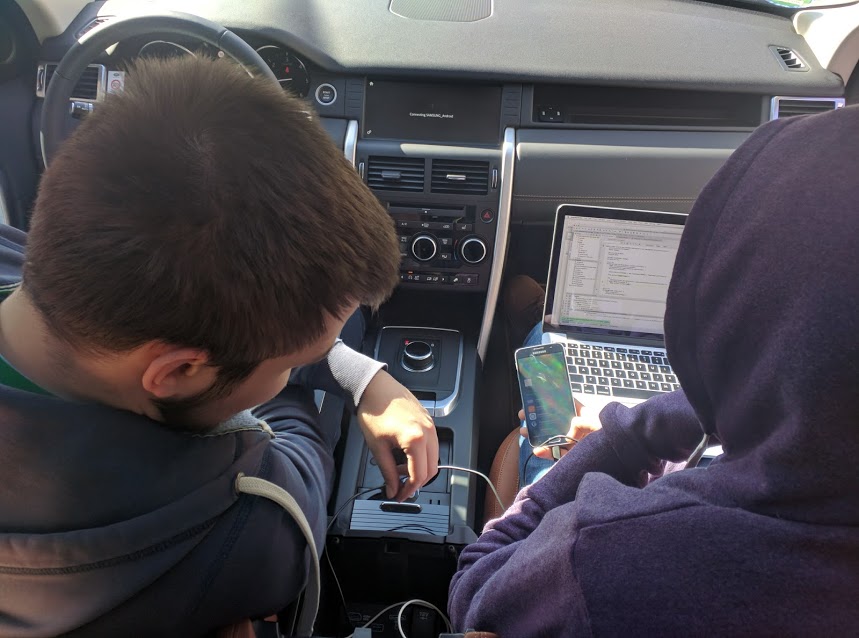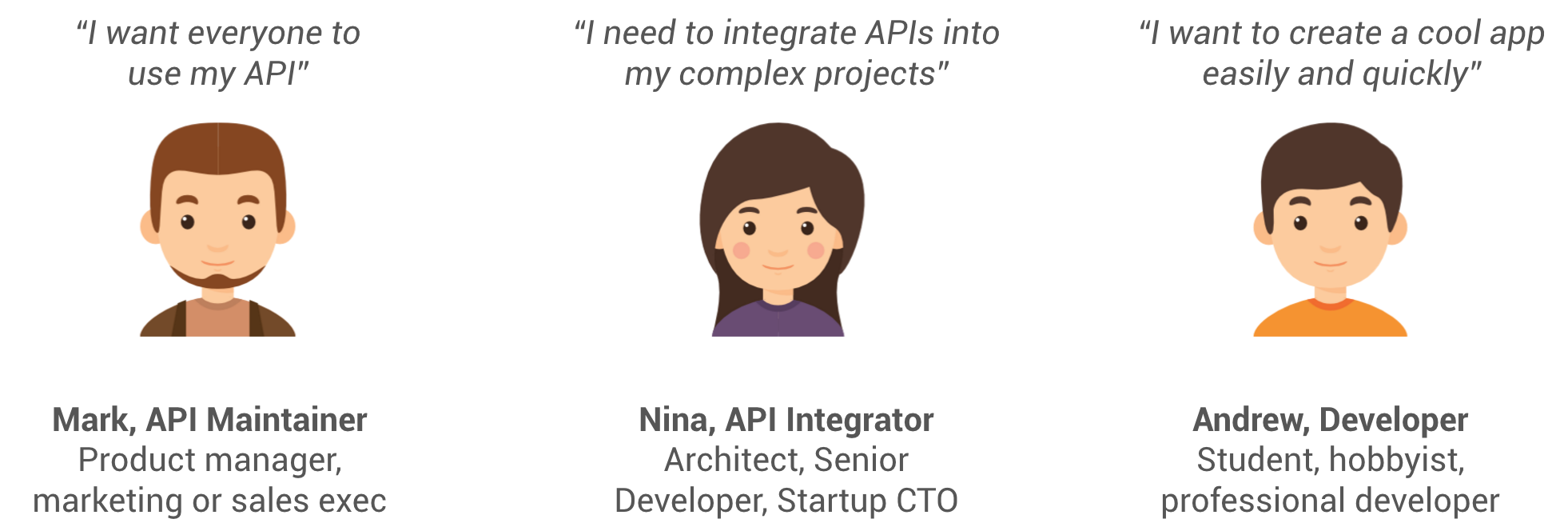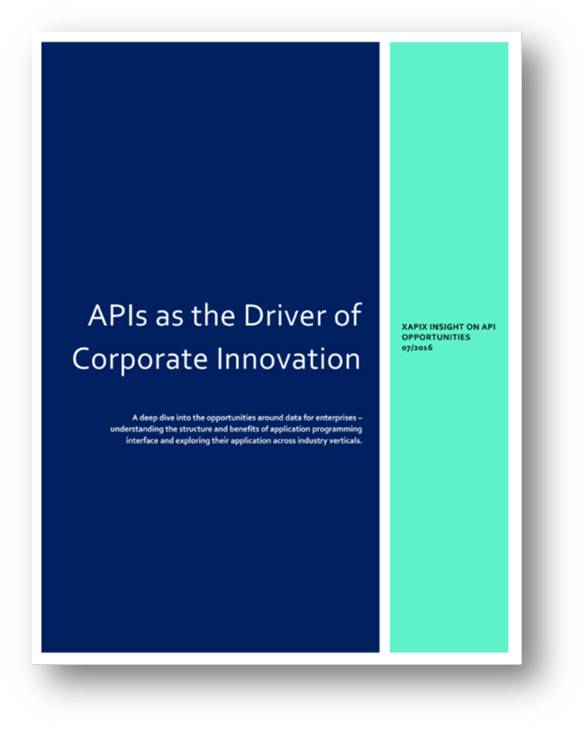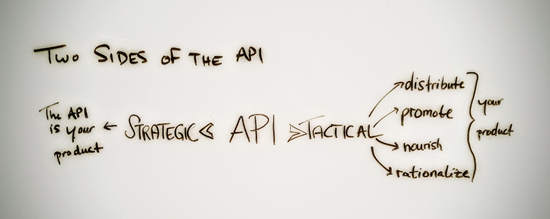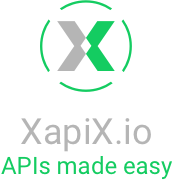At Bosch ConnectedWorld 2017, Team XapiX used XapiX to integrate data from a Range Rover, outfitted with Bosch’s mySPIN technology, with cloud services to create DashLog — an application that provides car owners with actionable maintenance suggestions, such as scheduling a service appointment and ordering the replacement parts from their mobile phone or dashboard display.
Learn how to create a Slack slash command with XapiX and Node.js
Today I am going to show how easy it is to integrate multiple APIs into your application using XapiX. The XapiX team is bringing new APIs onto the platform all the time, but right now, there are a lot of great APIs around the transport and travel space. Our team also uses Slack for our primary form of communication, so I thought it would be fun to create a custom Slack integration that shows data about a given airport.
After the integration is complete, when members of our team are traveling in or out of an airport, they can quickly get all kinds of useful information about the airport through a quick Slack slash command. I am going to start by adding Uber data, which I will focus on for this article. From there, it will be easy to add additional APIs with Airport data, based on airport names, codes, or simply their latitude and longitudes!
XapiX helps users in the whole API ecosystem
Xapix is a developer-first company, improving developers' experience working with APIs. But what does that mean? Developers have many different projects, goals, and pain points.
XapiX is designed to work for anyone who uses APIs, whether you developed an API you want others to use, you have many APIs you need to integrate and maintain for your projects, or you want to get an app up and running quickly, without spending a lot of time searching for and integrating APIs.
APIs are changing the rules of the game. They bring speed and flexibility to small and large enterprises.
Making Sense of APIs
Application Programming Interfaces (=APIs) are communication channels that connect data across platforms across and within companies to facilitate data integration. Those data streams are a key component of what empowers the digital transformation of companies.

